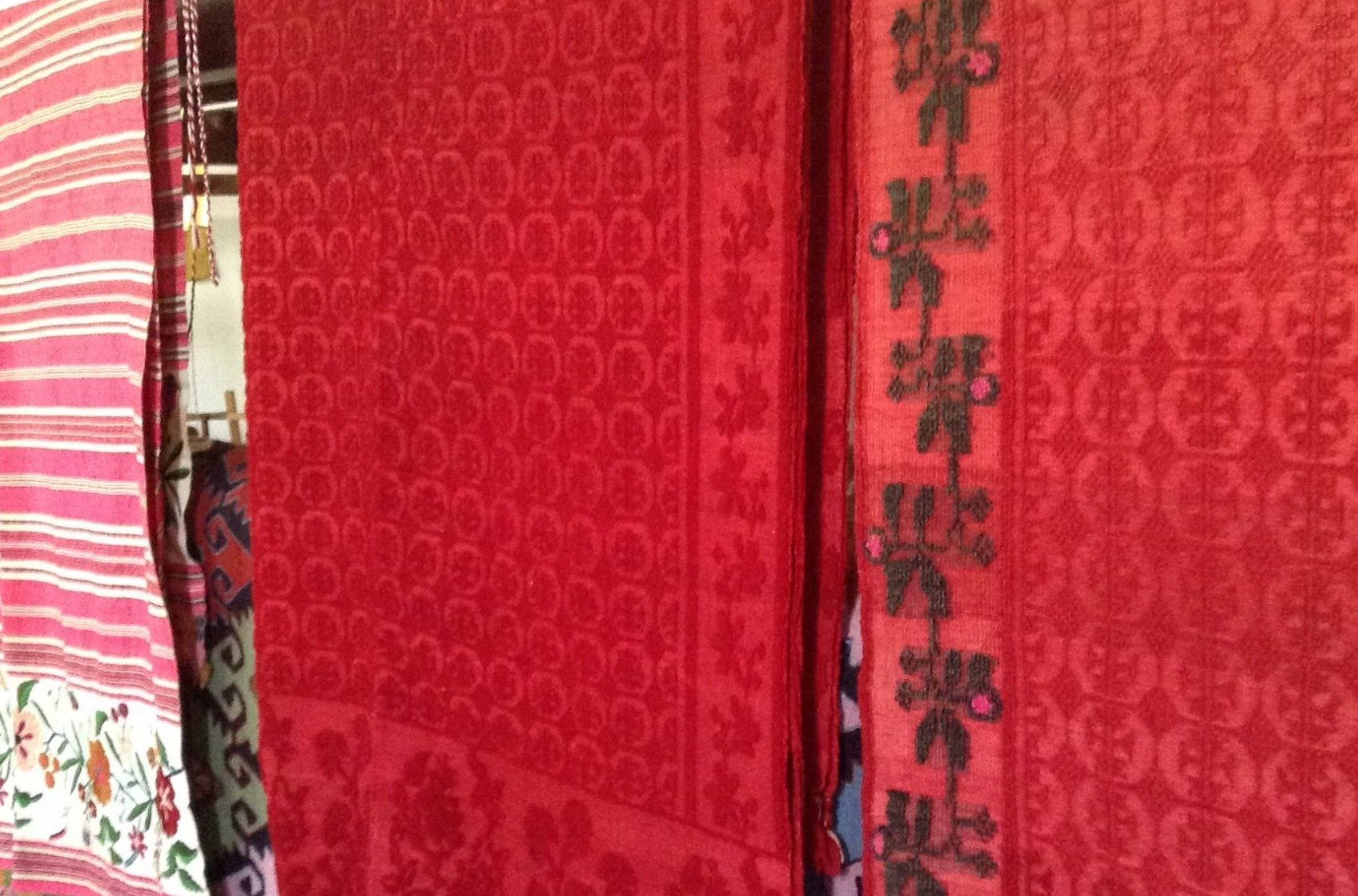The Historical Roots of Cretan Weaving
Textile weaving in Crete has a history that stretches back thousands of years, with evidence of advanced weaving methods found in Minoan archaeological sites. The Minoans were highly skilled in various crafts, including textile production, creating intricate fabrics from wool and flax with vibrant hues and elaborate patterns.
Over the centuries, Cretan weaving evolved under the influence of different ruling civilizations, such as the Byzantines, Venetians, and Ottomans. Each cultural era introduced new techniques, motifs, and materials, enriching the island’s weaving tradition. Despite these external influences, Cretan textiles retained their distinctive style, known for meticulous craftsmanship and unique designs that have been passed down through generations.

Techniques and Materials
Cretan weaving is a time-honored craft requiring dedication, precision, and artistic expression. Rooted in centuries-old traditions, the techniques and materials used by local artisans reflect the island’s cultural heritage.
Handloom Weaving
At the heart of Cretan textile production lies the art of handloom weaving. Large, wooden looms—some passed down through generations—are essential tools in the weaving process. The foundation of the fabric is created by carefully arranging the warp threads, while the weft threads are skillfully interlaced to form intricate designs. This method allows for both simple and highly elaborate patterns, showcasing the weaver’s expertise.
Natural Fibers and Dyes
Cretan weavers favor natural materials such as wool, cotton. Wool, sourced from local sheep, is highly valued for its resilience and insulating properties, while cotton contribute softness and breathability. The fibers are often dyed using plant-based, mineral, and insect-derived pigments, resulting in vibrant, earthy hues that enhance the aesthetic and authenticity of the textiles.
Symbolic Motifs and Designs
Cretan woven textiles are adorned with motifs that hold deep cultural significance. Stylized geometric patterns, floral compositions, and depictions of animals or mythical figures are frequently incorporated into the fabric. These designs are not merely decorative—they serve as visual narratives, preserving folklore, history, and personal or communal identity through generations.


